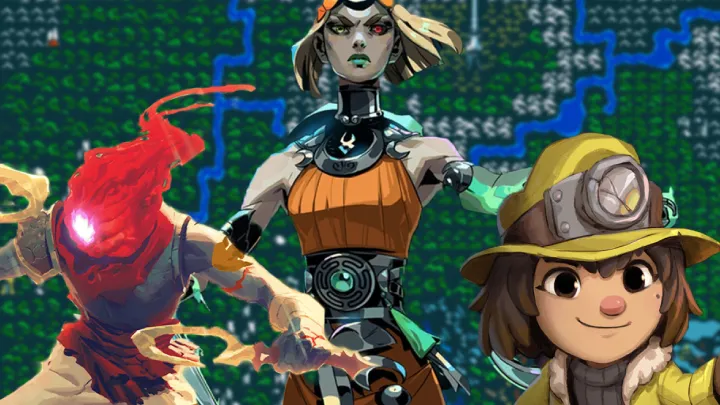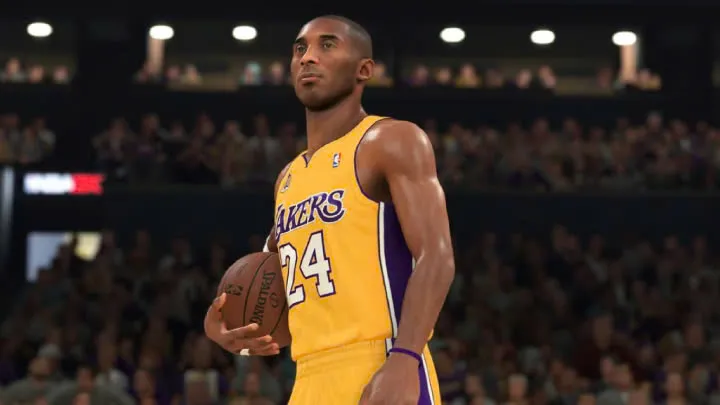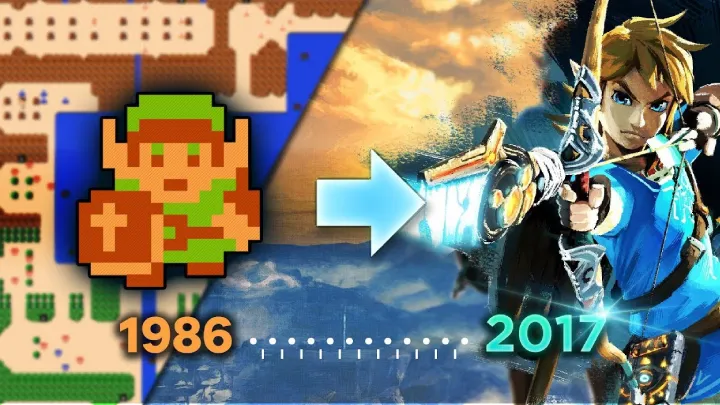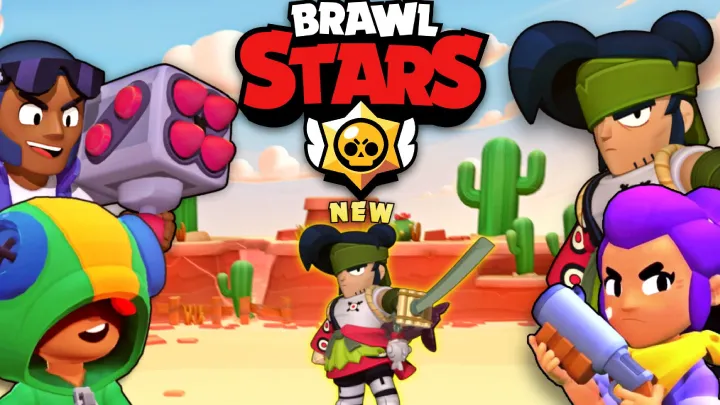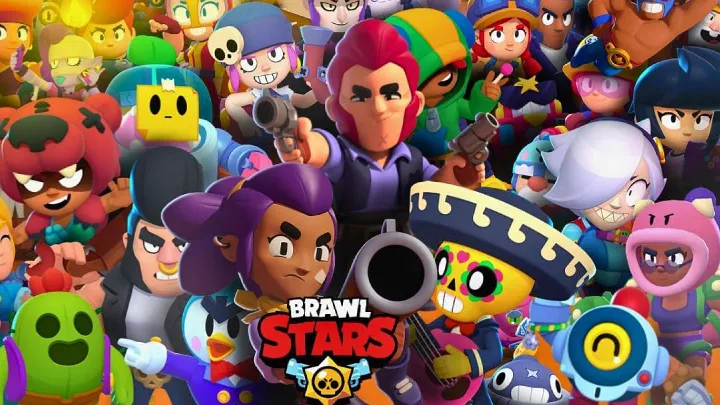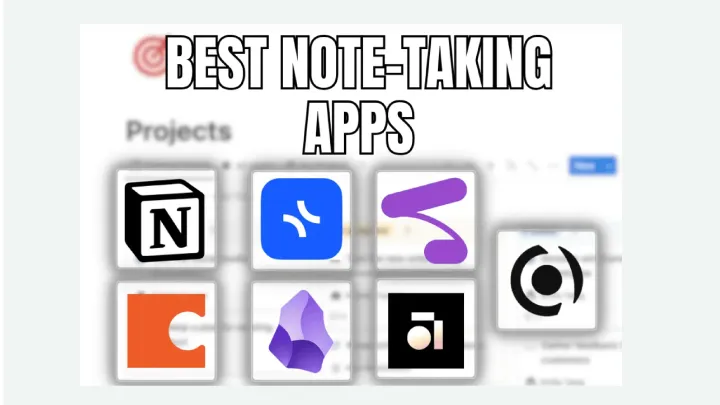Introduction
The year 2025 has been another landmark for online gaming. Millions of players around the world continue to log in daily, whether on PC, console, or mobile. From tactical shooters to vast sandboxes, from fast-paced MOBAs to open-ended creative platforms, the most popular online games share a common trait: they are either endlessly repeatable or constantly reinvent themselves with updates.
In this article, we explore the most-played online games of 2025. Each section covers the premise of the game, an analysis of its gameplay loop, and a brief evaluation of why it dominates today’s charts. At the end, you will find a general conclusion and a quick meta description.
Counter-Strike 2
Premise: The legendary tactical shooter returns in its Source 2 engine version, combining updated graphics and subtick servers with the traditional Counter-Strike gameplay.
Gameplay Analysis:
Counter-Strike 2 is a round-based 5v5 tactical FPS where attackers try to plant the bomb and defenders prevent them. The core loop revolves around economy management, buying weapons, and mastering map control. Smoke grenades and flashbangs are not just tools but mini-strategies themselves. Every small advantage in positioning or utility can flip a round.
Evaluation:
With a huge esports presence, high skill ceiling, and constant updates, CS2 dominates Steam charts. It is a pure test of mechanical skill and team communication.
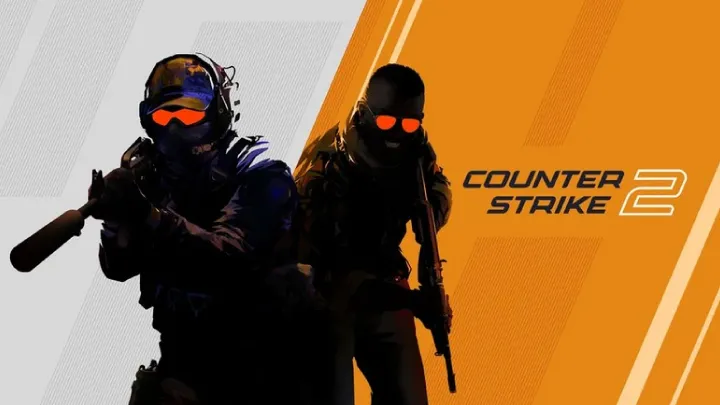
Fortnite
Premise: What started as a battle royale has transformed into a gaming platform. Fortnite now offers Zero Build, Creative 2.0, rhythm-based modes, LEGO-themed survival, and its famous battle royale.
Gameplay Analysis:
Players can jump between different experiences within Fortnite. In classic BR, positioning and storm management matter most. Zero Build removes construction and emphasizes mobility items. Creative 2.0 allows players to design custom maps and modes that feel like entirely new games.
Evaluation:
Fortnite is both a social hub and a competitive shooter. Its constant content refreshes and collaborations keep it at the top across platforms, especially on PlayStation and PC.
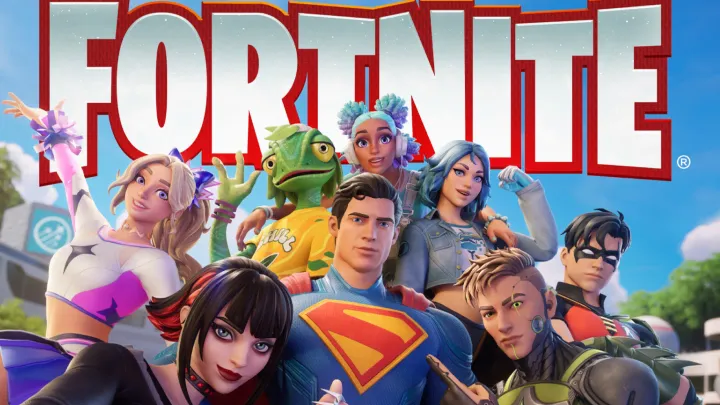
Roblox
Premise: Roblox is not a single game but a platform hosting millions of user-generated experiences. Players can find everything from obstacle courses to RPGs, shooters, and social spaces.
Gameplay Analysis:
The strength of Roblox lies in its community. Creators develop experiences, and players jump seamlessly between them. The avatar system, in-game currency, and social tools ensure long-term engagement.
Evaluation:
With one of the largest monthly active user counts worldwide, Roblox remains a powerhouse. Its infinite variety means players never run out of things to try.
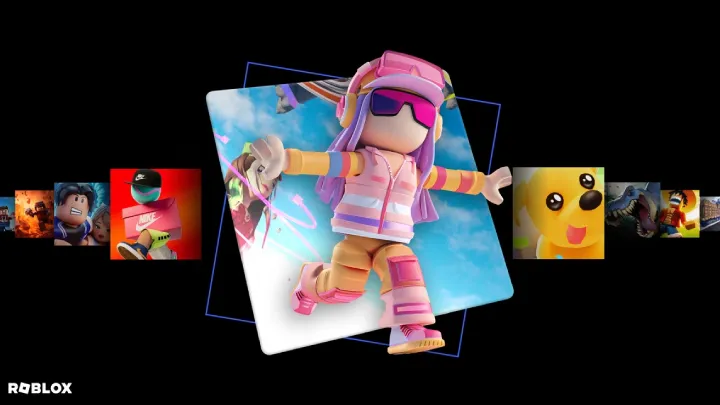
Minecraft
Premise: A sandbox survival game where players mine resources, craft tools, build structures, and fight off mobs.
Gameplay Analysis:
Minecraft’s open-ended gameplay loop is simple but infinitely flexible. Players can play survival, creative, or adventure maps. Multiplayer servers add layers of complexity with minigames like SkyWars, BedWars, and massive roleplay servers.
Evaluation:
Its timeless appeal across generations makes Minecraft one of the most consistently played games globally. It’s a digital playground for builders, adventurers, and competitive players alike.
League of Legends
Premise: A 5v5 multiplayer online battle arena (MOBA) where players draft champions, fight in lanes, and aim to destroy the enemy nexus.
Gameplay Analysis:
Every match revolves around laning, farming, and objective control. Wave management, jungle rotations, and item spikes define tempo. Drafting adds strategic variety, as team compositions heavily influence win conditions.
Evaluation:
League of Legends remains a giant in esports and one of the most-played PC games worldwide. For players who love strategy combined with fast mechanics, it remains unmatched.
Dota 2
Premise: Another MOBA giant, known for its complexity and dramatic comeback mechanics.
Gameplay Analysis:
Dota 2 emphasizes map control, vision, and resource distribution. Power spikes are tied to items, hero talents, and neutral items. Strategic smokes, Roshan fights, and team coordination shape outcomes.
Evaluation:
Though it has a steeper learning curve than League of Legends, Dota 2 maintains a strong, loyal player base and remains among the top concurrent titles on Steam.
Valorant
Premise: A hybrid tactical shooter that blends Counter-Strike-style economy with hero-based abilities.
Gameplay Analysis:
Valorant adds agent-specific powers to traditional shooting mechanics. Abilities provide vision, denial, or utility to set up site executions. Strategy involves balancing ultimate economy with weapon purchases.
Evaluation:
Easy to approach but hard to master, Valorant has secured a permanent place in the competitive shooter scene. It remains a popular entry point for players who find CS2 intimidating.
Call of Duty: Warzone
Premise: A free-to-play battle royale integrated with the yearly Call of Duty titles.
Gameplay Analysis:
Warzone emphasizes fast gunplay, loadouts, and movement mechanics. Players must balance rotations, positioning, and resource management while adapting to constant meta changes.
Evaluation:
Supported by the entire Call of Duty ecosystem, Warzone’s massive player base ensures quick matchmaking and endless variety.
Apex Legends
Premise: A hero-based battle royale known for its mobility and team dynamics.
Gameplay Analysis:
Each Legend brings unique abilities that shape combat. Mobility mechanics like wall jumps and zip lines create dynamic fights. Team composition matters, especially in ranked play.
Evaluation:
Apex Legends stands out as one of the smoothest, most skill-intensive shooters on the market. Its strong esports presence and unique pacing keep it popular.
PUBG: Battlegrounds
Premise: The original battle royale that inspired the genre’s explosion.
Gameplay Analysis:
Slower and more tactical than other BRs, PUBG rewards careful positioning and resource planning. Sound discipline and map knowledge are crucial.
Evaluation:
While newer titles have overshadowed it, PUBG remains highly popular, especially among players who value realism and tension.
Garena Free Fire
Premise: A mobile-first battle royale designed for shorter matches and lower-spec devices.
Gameplay Analysis:
Matches are quick and streamlined. Simplified controls, auto-aim assistance, and character skills make it accessible but still competitive.
Evaluation:
Free Fire dominates mobile charts in Asia and Latin America, proving that accessibility is key to mass adoption.
PUBG Mobile
Premise: A mobile adaptation of PUBG offering more realistic mechanics compared to Free Fire.
Gameplay Analysis:
With longer match times, more maps, and higher complexity, PUBG Mobile caters to players who want a closer experience to PC shooters.
Evaluation:
It remains one of the most downloaded and played mobile games globally, with millions of daily active users.
EA Sports FC 25
Premise: The latest installment in the world’s most popular football franchise.
Gameplay Analysis:
Ultimate Team continues to be the driving force. Building squads, trading cards, and competing in weekend leagues create long-term goals. Matches themselves rely on precision dribbling, passing, and defensive tactics.
Evaluation:
On consoles, EA Sports FC is a permanent fixture. Football fans worldwide flock to its competitive and casual modes alike.
GTA Online
Premise: The multiplayer component of Grand Theft Auto V that has evolved into its own massive sandbox.
Gameplay Analysis:
Players engage in co-op heists, races, PvP battles, and role-play communities. The economy system allows for property ownership and constant progression.
Evaluation:
Even more than a decade after release, GTA Online remains one of the most played online games, thanks to frequent updates and endless possibilities.
Destiny 2
Premise: A hybrid between a looter-shooter and MMO, with some of the best raid design in gaming.
Gameplay Analysis:
The loop involves chasing powerful gear, running dungeons and raids, and fine-tuning builds around subclasses and exotic items. PvP modes provide competitive action.
Evaluation:
Destiny 2 appeals to groups of friends who enjoy long-term goals and challenging co-op content.
Rocket League
Premise: Football with rocket-powered cars.
Gameplay Analysis:
The game emphasizes positioning, boost management, and aerial mechanics. Matches are fast, competitive, and easy to pick up.
Evaluation:
Still one of the most unique online games, Rocket League thrives as both a casual and competitive title.
Mobile Legends: Bang Bang
Premise: A fast-paced mobile MOBA with global esports appeal.
Gameplay Analysis:
Matches are shorter than PC MOBAs, lasting around 15 minutes. Simplified mechanics make it accessible, but strategy still plays a key role in drafting and objective control.
Evaluation:
It dominates the mobile MOBA market, particularly in Southeast Asia, with a thriving esports scene.
Final Thoughts
The most-played online games of 2025 share one thing: they are more than just products. They are platforms that reinvent themselves, offer infinite replayability, and keep players engaged with regular updates.
If you are looking for competitive intensity, Counter-Strike 2, Valorant, and League of Legends are excellent choices. For creative freedom and social play, Roblox, Minecraft, and Fortnite stand out. On mobile, Free Fire and PUBG Mobile lead the way, while EA Sports FC and GTA Online dominate console living rooms. Destiny 2, Rocket League, and Mobile Legends round out the list with specialized communities that remain incredibly active.
Ultimately, the best game for you is where your friends are and where the update cycle matches your playstyle.









